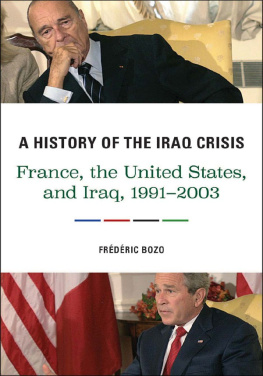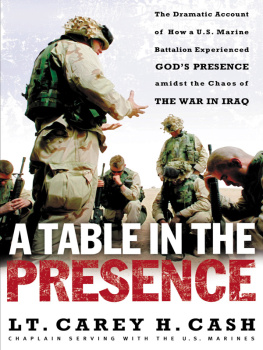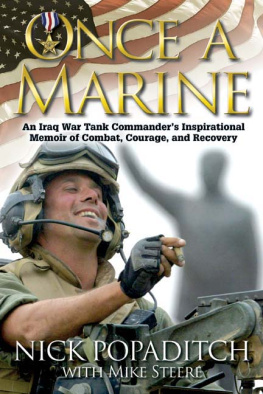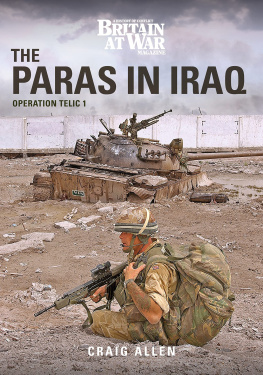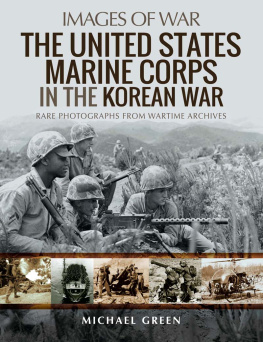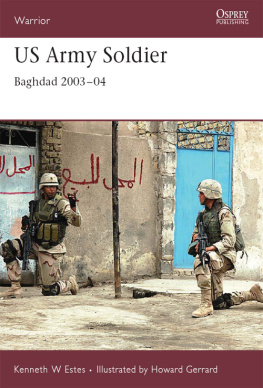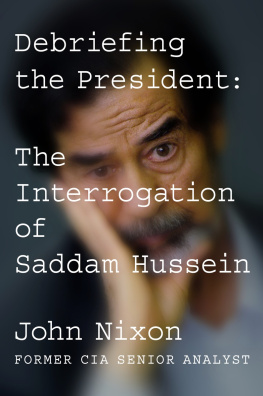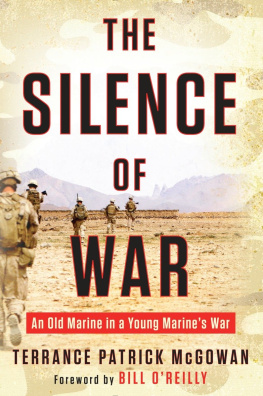
This edition is published by PICKLE PARTNERS PUBLISHINGwww.picklepartnerspublishing.com
To join our mailing list for new titles or for issues with our books picklepublishing@gmail.com
Or on Facebook
Text originally published in 2007 under the same title.
Pickle Partners Publishing 2014, all rights reserved. No part of this publication may be reproduced, stored in a retrieval system or transmitted by any means, electrical, mechanical or otherwise without the written permission of the copyright holder.
Publishers Note
Although in most cases we have retained the Authors original spelling and grammar to authentically reproduce the work of the Author and the original intent of such material, some additional notes and clarifications have been added for the modern readers benefit.
We have also made every effort to include all maps and illustrations of the original edition the limitations of formatting do not allow of including larger maps, we will upload as many of these maps as possible.
U.S. MARINES IN IRAQ, 2003 BASRAH, BAGHDAD AND BEYOND
U.S. Marines in the Global War on Terrorism
by
Colonel Nicholas E. Reynolds U.S. Marine Corps Reserve (Retired)
TABLE OF CONTENTS
Contents
TABLE OF CONTENTS
REQUEST FROM THE PUBLISHER
Foreword
The leader of the Chinese communist revolution, Mao Zedong, was once asked by a journalist what he thought was the lasting impact of the French Revolution. He allegedly responded that he did not know the answer to this question as it was too early to tell. In this same vein, field historian Colonel Nicholas E. Reynolds book on the beginning of hostilities in Iraq is one of the first historical works commissioned by the History Division to focus on the role of the U.S. Marine Corps in the long war against global terrorism.
This particular book is about Marines during the first stage of Operation Iraqi Freedom (OIF). It spans the period from 11 September 2001 to March and April 2003, when the Coalition removed Saddam Hussein from power, and concludes in November 2003 when the Marines left Kuwait to return to their home bases in the United States. While many then believed that the kinetic phase of the fighting in Iraq was largely over, as we now know, it was only a prelude to a longer but just as deadly phase of operations where Marines would be redeployed to Iraq in 2004 to combat insurgents (both foreign and domestic) who had filtered back into the country. However, this phase of the fighting would be very different from the one the Marines and U.S. Army had fought in the spring of 2003 in the march up to take Baghdad.
The primary focus of the book is I Marine Expeditionary Force (I MEF)the run-up to the war in 2002 and early 2003, especially the development of the plan, with its many changes, the exhaustive rehearsals, and other preparations, and then the conduct of decisive combat operations and the immediate postwar period, mostly under the control of the U.S. Central Commands Coalition Forces Land Component Command. The book also touches upon other Marine activities in the Military Coordination and Liaison Command in northern Iraq and with the British in the south. Nonetheless, the primary focus remains on I Marine Expeditionary Force and the interactions of its constituent elements. Other forthcoming History Division publications will soon offer detailed narratives on Marines in Operation Enduring Freedom (OEF) in Afghanistan and II MEF operations inside Iraq.
This book is not intended to be the final story on U.S. Marine Corps involvement in Iraq. To paraphrase Chairman Mao, it is too early for that. But it is not too early for a first cut at the role of the Marine Corps in the early phrases of the war in Iraq. These are the first salvoes, intended to bracket the target and start the process of adjusting fire. My view is that it is important to get rounds down range early on, at a time when memories are still relatively fresh and a reasonable number of official sources have become available. My hope is that this book will prove to be a useful overview and introduction to the subject, especially for its Marine students who want to understand the prologue to the continuing war; that it will stimulate further research and healthy debate; and that its readers will perhaps come forward with their own comments and perspectives to be possibly incorporated in follow-on histories.
The author, Colonel Nicholas E. Reynolds, is an infantry officer who has served as a field historian and writer with the Division since 1992. He is the author of two other histories, Just Cause: Marine Operations in Panama, 1988-1990, and A Skillful Show of Strength: U.S. Marines in the Caribbean, 1991-1996. In January 2000 he became officer-in-charge of the Field History Branch and directed the mobilization and deployment to Iraq of all of the Divisions field historians and one combat artist. Colonel Reynolds deployed to the theater to serve with the Military History Group at Coalition Forces Land Component Command. From that base he supervised Marine history operations during the combat phase of Operation Iraqi Freedom and helped to record combined and joint history. Following his deployment, he remained on active duty to write this text and is now a civilian on the faculty at the Naval War College in Newport, Rhode Island. He holds a doctorate in history from Oxford University.

Dr. Charles P. Neimeyer
Director of Marine Corps History
Preface
As pointed out in the foreword, this is not a finished official history, but an operational history from one field historians point of view. It is not intended to be a desktop guide for future operators, but rather a framework for understanding Marine participation in the Iraq War by describing how Marines coped with the set of challenges they faced in 2002 and 2003. Some of the implied lessons may turn out to be universal, such as the ways Marine staff officers worked in the joint arena. But some of the issues that were pressing in Iraq in March and April 2003 may turn out to be irrelevant in other times and places, except in the sense that past is prologue, that we need to understand where we have been if we want to understand where we are.
This was not a bad time to write this kind of history. I had access to an array of sources that flowed into the then History and Museums Division between the summer of 2003 and the spring of 2004. The efficiencies of the computer age played an important role. It has probably never been easier to track down sources and conduct follow-on interviews or ask participants to expand on the record. Above all, I tried to rely on primary sourcesoral history interviews, command chronologies, personal journals, and various contemporary documents. Some of the material is based on personal observation from my time in Kuwait and Iraq in the spring of 2003. I found one or two published accounts particularly useful, especially those that clearly laid out how the author knew what he was reporting. A personal favorite is In the Company of Soldiers by Rick Atkinson, a journalist who is also a respected military historian. I have written extensive endnotes in the hope that future students of the war will be able to continue where I leave off. Occasionally, I have purposely omitted a name or a source because of the sensitivity of what someone told me. But that is rare. While I am not as free with my opinions as a journalist or an academic might beI was, after all, writing on government time as a member of a disciplined ServiceI have tried to report both the good and the not so good.


